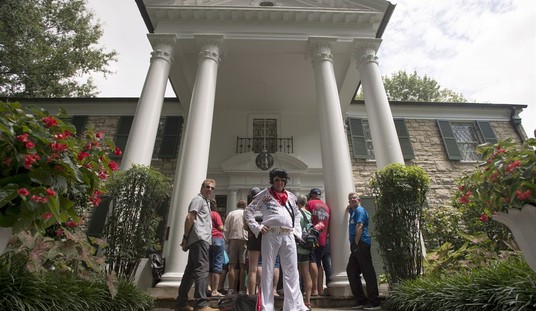The US economy finished 2015 with a pratfall, perhaps a foreshadowing of a bumpy ride in 2016. Gross domestic product (GDP) growth tumbled to 0.7% in the advance estimate of the fourth-quarter data, thanks to a decline in consumer spending that outpaced a slowing in the rate of growth in disposable income.
Real gross domestic product — the value of the goods and services produced by the nation’s economy less the value of the goods and services used up in production, adjusted for price changes — increased at an annual rate of 0.7 percent in the fourth quarter of 2015, according to the “advance” estimate released by the Bureau of Economic Analysis. In the third quarter, real GDP increased 2.0 percent.
The Bureau emphasized that the fourth-quarter advance estimate released today is based on source data that are incomplete or subject to further revision by the source agency (see the box on page 4 and “Comparisons of Revisions to GDP” on page 5). The “second” estimate for the fourth quarter, based on more complete data, will be released on February 26, 2016. …
The deceleration in real GDP in the fourth quarter primarily reflected a deceleration in PCE and downturns in nonresidential fixed investment, in exports, and in state and local government spending that were partly offset by a smaller decrease in private inventory investment, a deceleration in imports, and an acceleration in federal government spending.
The decline in personal consumption expenditures (PCEs) reflects a fallback on personal income growth, as the slowdown went across the board in Q4 — except in taxes and savings:
Current-dollar personal income increased $137.1 billion in the fourth quarter, compared with an increase of $190.8 billion in the third. The deceleration in personal income primarily reflected a downturn in personal interest income and decelerations in wages and salaries and in farm proprietors’ income.
Personal current taxes increased $25.8 billion in the fourth quarter, compared with an increase
of $22.3 billion in the third.Disposable personal income increased $111.3 billion, or 3.3 percent, in the fourth quarter, compared with an increase of $168.5 billion, or 5.1 percent, in the third. Real disposable personal income increased 3.2 percent, compared with an increase of 3.8 percent.
The Wall Street Journal notes that institutional investment in the economy weakened considerably, and that a personal consumption slowdown is not the biggest issue:
Friday’s GDP numbers showed inventory investment, trade and business investment were drags on the economy during the fourth quarter. Inventory figures can be volatile and a slowdown there may well ease in the early part of 2016. A decline in net exports, meanwhile, is more a reflection of a strong dollar and overseas developments than domestic demand.
A slowdown in consumer spending and a decline in business investment could be more of a concern. …
Nonresidential fixed investment, a measure of business spending, fell 1.8% in the fourth quarter as companies trimmed outlays on structures and equipment.
Spending in the energy industry has been especially constrained amid low commodity prices–outlays on mining, shafts and wells tumbled 35% during all of 2015, the sharpest drop in nearly three decades.
The AP also worries about this entrée to 2016:
The U.S. economy’s growth slowed sharply in the final three months of 2015 to a 0.7 percent annual rate. Consumers reduced spending, businesses cut back on investment and global problems trimmed exports.
The slowdown could renew doubts about the durability of the 6½-year-old economic expansion.
The government’s estimate Friday of the economy’s expansion in the October-December period was less than half the 2 percent annual growth rate in gross domestic product in the third quarter. It was the weakest showing since a severe winter reduced growth to a 0.6 percent annual rate in last year’s first quarter.
Activity should rebound in the current January-March period, though economists worry that China’s troubles and sinking oil and stock prices could dampen the recovery.
Should it? Why would the AP think that? Two of the last three Q1s have shown remarkably slow growth or outright contraction, usually blamed on either the weather (as above in 2015Q1) or on outdated seasonal adjustment algorithms. We’ve already had one severe weather event in 2016Q1, a blizzard that paralyzed a good section of the Atlantic seaboard, setting up a potential excuse for underperformance when the Q1 GDP report comes out in April. And the winter is still young.
On the other hand, real final sales of domestic product increased 1.2%, outpacing the overall GDP growth rate. That shows that sales may have eaten into inventories, giving some room for a small bounceback in Q1, but that would only take place if consumer demand picks back up. The increase in savings rates while disposable income growth rate slows might be an indicator not to expect a big expansion of demand in Q1.
Some fingers will undoubtedly point back to the Fed on this, given their first interest-rate increase in almost a decade in December. That wouldn’t account for a slowdown in consumer spending, although it might have something to do with a slowdown in business investment. This decline looks more broadly based, and as such more like what we are seeing in the global markets. It looks like a lack of confidence across a wide swath of groups within the US economy.







Join the conversation as a VIP Member